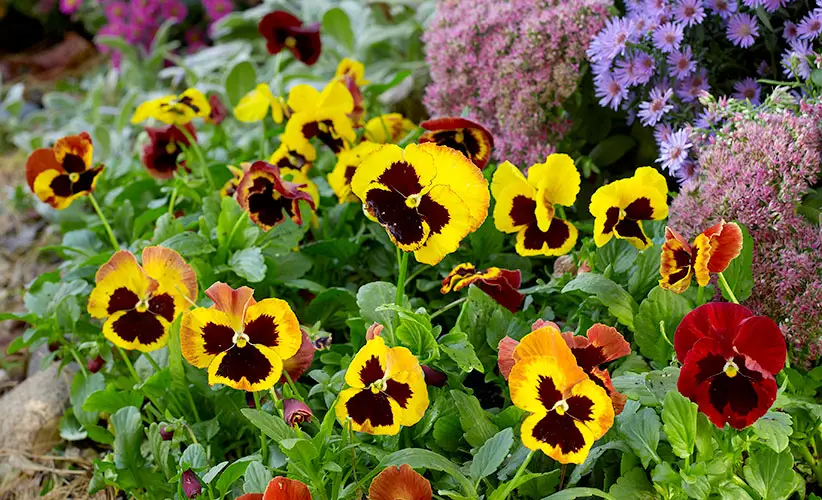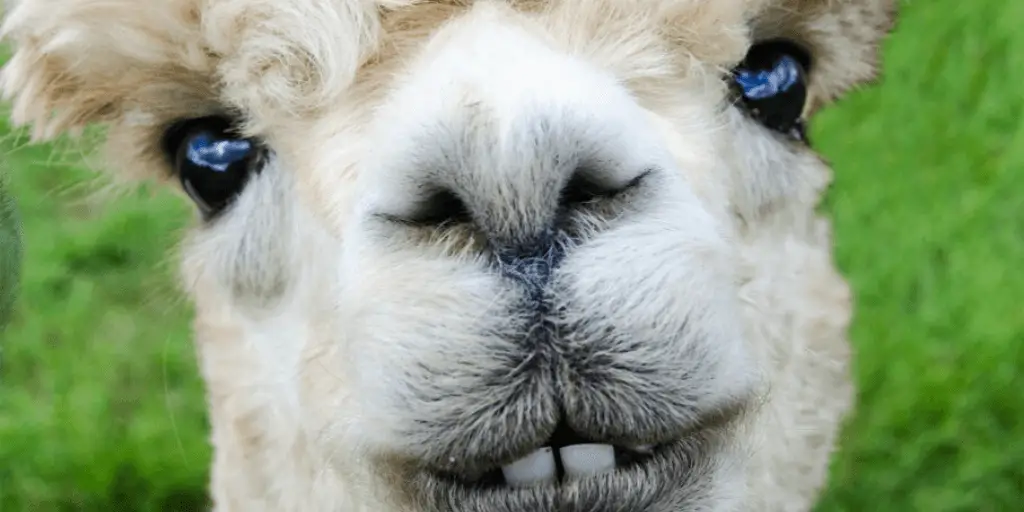How to Choose Backyard Chicken Breeds
Last Updated on August 23, 2020 by Duncan
Raising chickens in your backyard isn’t as difficult as choosing the correct species to breed.
It requires comprehensive knowledge to be able to determine the kind that will adapt to your backyard and can reproduce quickly.
However, here we have distilled a descriptive guide on how to choose backyard chicken breeds. This easy 101 will walk you through all the nuances regarding chicken breeding and give you useful insight on the topic.
Chicken Breeds:
Chickens and their Ilk peak the hundreds, and it is easy to become a feathered mess while deciding how to choose your backyard chicken breed.
They are diverse not only in genealogy but also adaptability, and there are a few basic factors to consider before settling with a preference, such as whats your original purpose and the weather and climate of your breeding area.
You also need to brush up on coop knowledge such as ventilation, incubation, and other aspects to properly sustain your ilk. Here are a few factors that will help you while deciding how to choose your perfect backyard chicken breed.
1. Temperament:
Chickens can be aggressive fowls when you pluck the wrong feather, especially when you repeatedly ask them why they crossed the road. It is vital to contemplate on your chosen breed’s temperament before making a purchase.
As you’ll be raising them in a coop in an urban setting, it is suggested for you to purchase a calmer breed, a friendlier one, if you have children around.
Sweeter and docile birds are also a delight to have around, and cleaning out their coop is an easier task.
Recommended breeds for backyards range from the gently curious Orpington that is renowned for being of a soft-temperament and is the best bet for beginners.
To the beautiful Australorp that mixes well with humans and is also fun for kids to play with.
2. Adaptability:
These fowl’s natural habitat is extremely different from your backyard, and you need to make sure they adapt well to not only the climate conditions but also confinement periods and diet.
There must also be a noise management system involved that will reduce or muffle noise so as not t disturb the chickens.
If they are not comfortable, your chickens will get stressed, and nobody likes panicky birds running around in chaotic circles!
Here is a detailed explanation further elaborating how to choose a backyard chicken breed:
Cold Climate Conditions:
You need to take into regard whether your prospective chickens will be able to withstand the environment and either purchase tough chicks that can adapt to any climate or a specific breed.
If you reside in colder regions, you need to choose fowls with small combs as usually, large-combed birds are more vulnerable to acquiring frostbite.
Heavy feathering is also crucial as thick-coated chickens can easily combat the chill.
Suggested breeds include the Silkiethat is wrapped in a warm coat of fiery colours, their furry feathers also protect them from the harsh, low temperatures.
The Plymouth Rock is also known for being raised in chillier regions and is immune to frosty winds owing to their gorgeous fluff of striped feathers.
Hot Climate Conditions:
If you dwell in areas that are hotter than hell, then you need to put extra consideration while deciding a backyard chicken breed.
Although chickens are designed to adapt to their weather and climate conditions and are pretty tough, you still need to choose carefully.
Make sure you choose a breed that doesn’t have a thick coat or too many feathers.
Warm-weather birds usually have thin feathers and large wattles/combs while they tend to grow smaller as smaller body index equals to cooler chicks.
Your best pick will be the Brahma, which are sweet creatures well-adaptive to hot wet hare conditions.
If you live in a particularly scorching, oven-hot area, choose the Bantam Brahma. White Leghorns are also excellent options that are petite, elegant birds that can withstand high temperatures and ward off the heat.
3. Produce:
The next thing you might want to decide is the reason you are breeding chickens in your backyard. Whether it is for therapeutic purposes, industrial or commercial purposes.
Here are a few suggested breeds if you have such prospects.
Egg-laying:
If you are breeding chickens for their eggs, then you must choose younger breeds for maximum production. You also need to determine what type and colour of the egg you desire.
If you’re going after a fresh supply of large eggs, choose the Rhode Island Red Chickens, which are popularly known as the best egg producers.
Australorps are also a good choice as they produce a steady stream of large, brown eggs. WyandotteChickens also produce large, brown eggs.
Another breed Minorca are docile fowls that lay large, white eggs. If you want a sprinkle of festive fun on your breakfast table, choose the Araucanathat lays delicious, soft-blue eggs.
Or perhaps the Easter Eggers that can keep the kids amused for ages!
Meat:
If you enjoy a delicious, barbecue and if meat production is your prospect, then your backyard breed needs to be of a healthy and plump descent.
Broilers and Cornish Crossbreeds are excellent for such purposes as they can gain quite a lot of weight and produce an ample amount of meat.
They are also docile of temperament and easy to keep. Jersey Giants and BresseChickens are also popular for providing deliciously nutritious meat.
Conclusion:
This detailed guide should act as a grail if you’re a beginner who is stumped on how to choose the best backyard chicken breed. In a nutshell, the type of chicken you choose largely depends on your environment and requirements.
There are many factors to consider, and you must take regard of all of them before purchasing your chicks. Remember, they are living things and require lots of attention and affection.
We hope this guide has been informative enough and that you have formed a conclusion by this point. Happy breeding!


